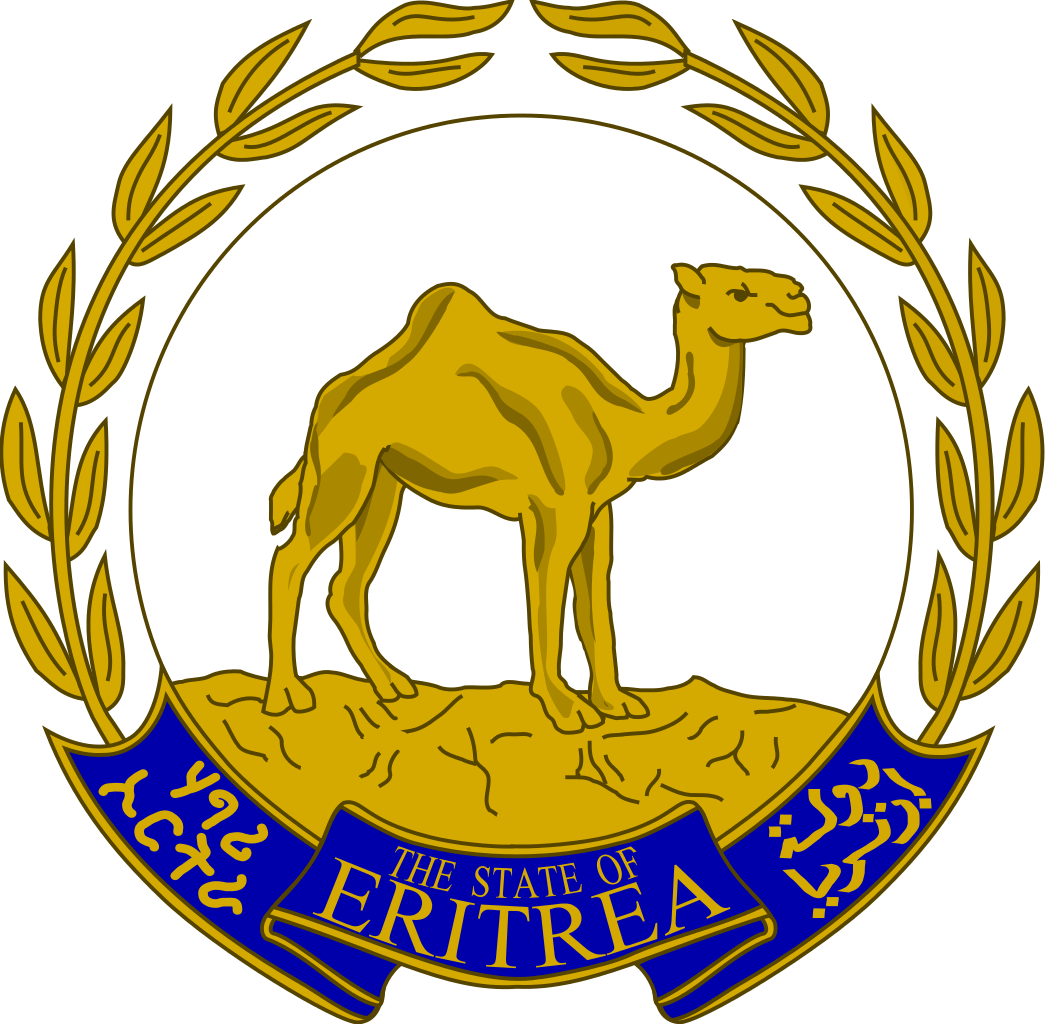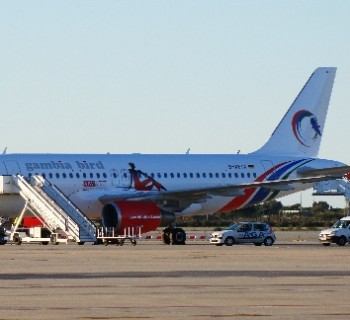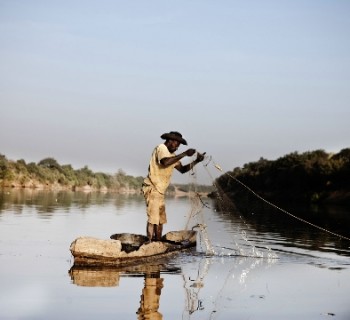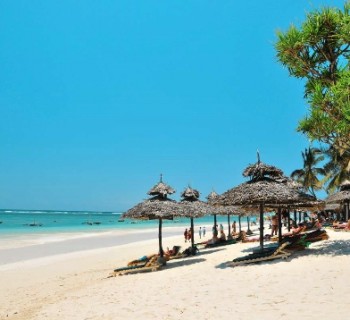Coat of arms of Eritrea

Eritrea is an East African state located on the coast of the Red Sea. Among other countries in this region, it is notable for the fact that its people had to work hard to gain independence. The process of the formation of the young state was very long and painful, and it was finally completed only on May 24, 1993, when Eritrea became independent from Ethiopia. At the same time, the official flag and coat of arms of Eritrea were approved..
Gaining independence
The official history of this state as such begins in 1882, when these lands became the property of Italy. It should be noted that until this moment there were no traces of developed statehood, and the territory was inhabited by the descendants of the peoples who founded the country of Punt.
13 years after the founding of the colony, Italy was drawn into the Italo-Ethiopian war, which ended in 1896 with the signing of a peace treaty. He defined the boundaries of the colony and this can be considered the first serious test on the path of the formation of the statehood of Eritrea..
The Second World War also played a significant role in this process, after which Eritrea was ceded to Britain, and then became part of the Federation of Ethiopia and Eritrea. The final impetus to gaining independence was the decision of the Emperor of Ethiopia Haile Selassie, who abolished the federal structure of the country in 1962. This greatly fueled separatist sentiments in the region and served as a kind of catalyst for subsequent military conflicts, which eventually brought full independence to Eritrea..
The main symbols of the coat of arms
After gaining independence, the first thing was presented the official flag and coat of arms. The latter is quite original and deserves special attention. Unlike many countries of the African continent that have adopted European heraldic traditions, the coat of arms of Eritrea looks very authentic. The rather modest emblem contains the following elements:
- camel;
- desert;
- laurel branches;
- tape with the name of the state (in English, Arabic and tigrinya).
During colonial rule in the Ethiopian Federation, there were other projects of the coat of arms, containing shields, crowns and lions traditional for Europe as shield holders..
The same symbols that are used today are an integral part of the culture of the peoples who inhabited this land earlier. A camel in the desert is a symbol of freedom, and laurel branches are a symbol of glory gained in the struggle for independence.


